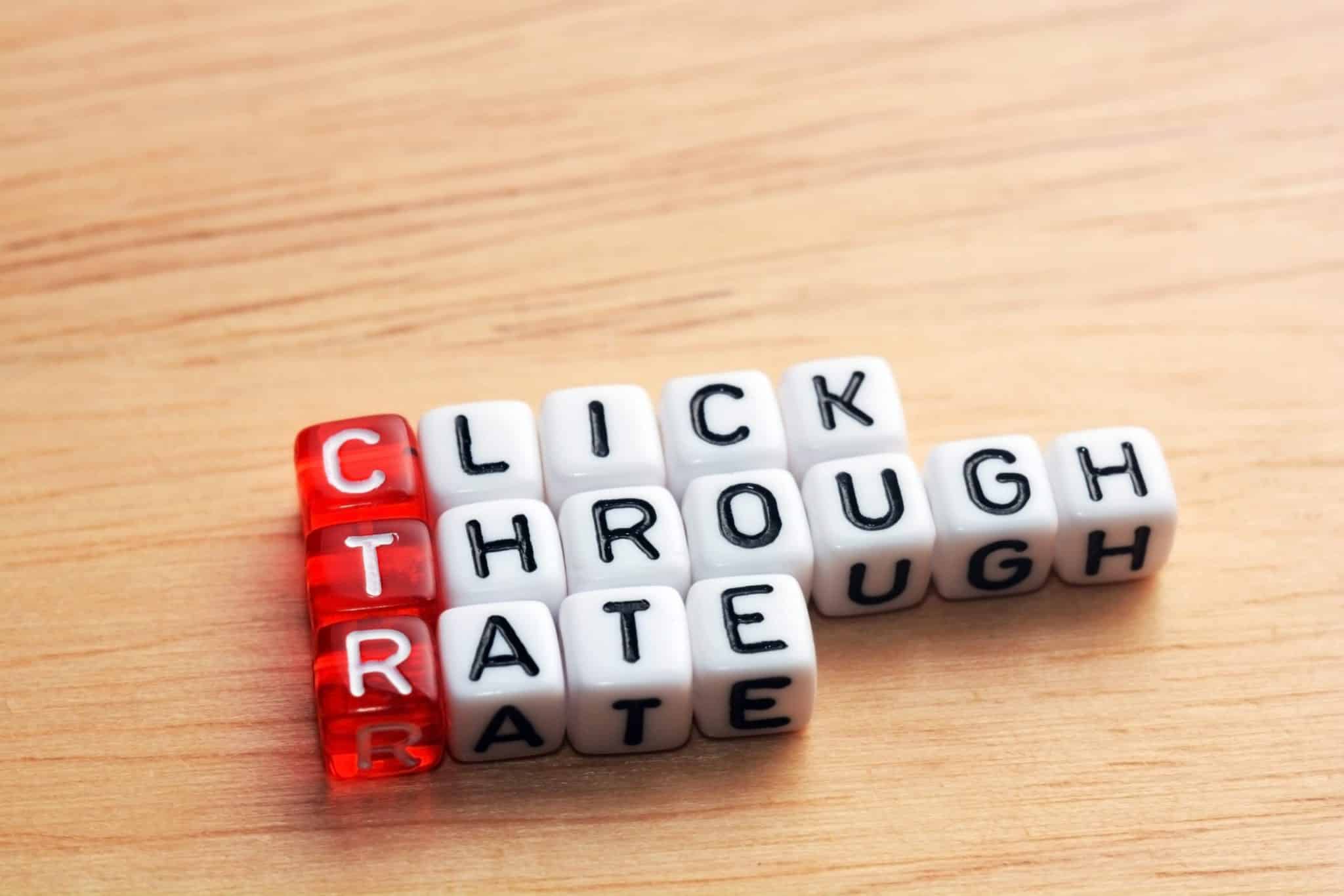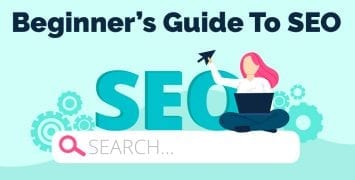If you’re not on the first page of the search results, you’re practically invisible to most searchers. Organic traffic is a huge factor in your success online. Did you know one of the biggest influences on your organic traffic is your Click Through Rate?
Here’s everything you need to know about how to increase your SERP with Organic CTR:
Click Through Rate Explained
Google has a great explanation of CTR:
“CTR is the number of clicks that your ad [or link] receives divided by the number of times your ad [or link] is shown.”
Clicks divided by impressions equals your Click Through Rate. For instance, five clicks on one thousand impressions is a Click Through Rate of .5%.
Finding your CTR
A real-time CTR is actually pretty easy to find. Simply go into Google Webmasters tools. Click “Search Traffic” and then “Search Analytics.”
You’ll find tons of data to work with. Most notably, you’ll be able to accurately analyze your site’s performance for all the keywords you’re using.
Why is CTR So Important to Google?
Google pays close attention to CTRs. Specifically, they say that a high CTR is a good indication that your users find your content helpful and relevant.
Google also factors in your bounce rate. Are viewers clicking your links only to quickly leave whatever page they were directed towards? This behavior is interpreted as a content mis-match on your part.
There are a few reasons for this mis-match:
- Your link promised one type of content but delivered something else.
- Your link promised one type of content but the information delivered was low quality.
- Your website suffered from technical problems
- Your website was too “pushy” (pop-ups demanding an email address for access to the content and other hard sell techniques)
You want users to click on a link and then stay on your page. If this happens repeatedly with the majority of your users, Google will consider your site to be an authority. Your organic search traffic will increase.
CTA and “Clickbait”
Clickbait headlines are designed to get the reader to click on the link. They’re usually written in an exaggerated style where the reader is urgently urged to read more.
Buzzfeed is one of the most popular examples of a site which uses clickbait headlines. Their “What Type of Ex Are You?” headlines is a solid example of a clickbait headline.
While clickbait titles do get initial views, I don’t recommend using them for your site. Buzzfeed creates so much content that they can survive despite a high bounce rate per article. Your site is designed to retain customers over a long period of time.
Clickbait headlines on a professional, business oriented site tend to have a high bounce rate. People are looking for information on your industry or products, and they’ll quickly leave if they feel mislead. Avoiding a high bounce rate is an important aspect to holding onto a high SERP.
Here’s how to use CTR effectively:
1. Keyword Selection
The keywords presenting your link should match the keyword on your destination page. Use highly relevant keywords to the specific topic being discussed, not just your industry in general. Long-tail keywords are an effective way to capture niche markets.
2. Content
This worth repeating: Deliver the content which is promised in the link. Nothing makes a person bounce faster than feeling they’ve been deceived. Don’t create a link promising “hamburger recipes” and then deliver content about hot dogs.
3. Headlines
Crafting great headlines is what will make your content stand out from the crowd. Put your main keyword into the title, and then dedicate the rest of the headline. You want to grab their attention and motivate them to click.
Great headlines have at least one of the following four qualities:
- They promise info about personal improvement
- They promise info about current news
- They offer cheap, easy solutions to a problem
- They ask an intriguing question
The Main Takeaway
Treat your audience like you want to be treated. Do you like to click on a link only to be led to a site with completely unrelated content? Of course not, so always make sure your content accurately reflects your link.
Positive click through rates increase your position in the SERP while also helping your brand connect with potential customers.




